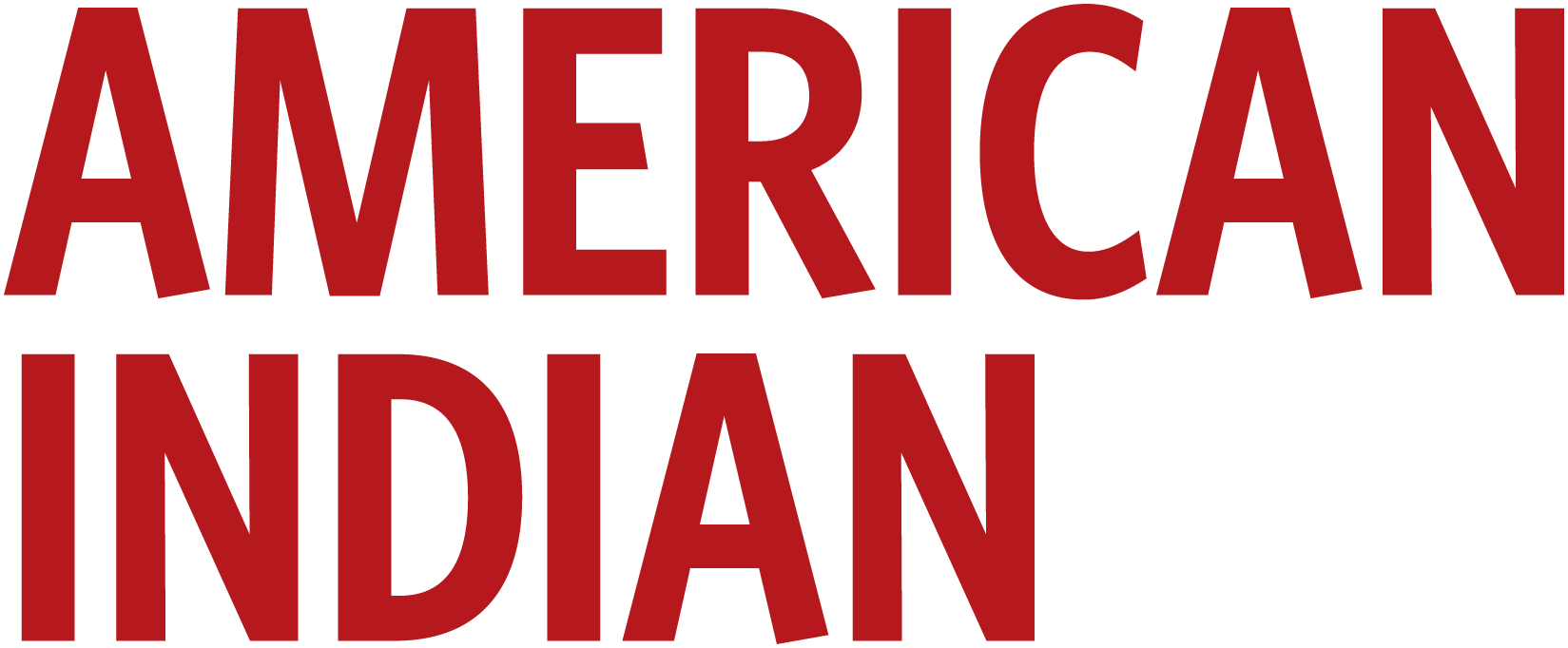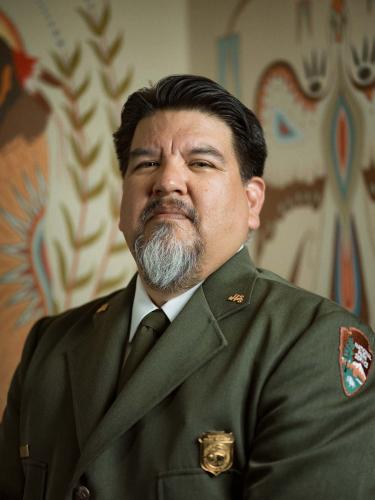I grew up on the Umatilla Indian Reservation in northeast Oregon, home to the Cayuse, Umatilla and Walla Walla peoples. The creation story of these Sahaptin-speaking Indigenous inhabitants of the Columbia Plateau tells us there was a time before humans, and when they were created, they were tasked with protecting the Earth and all its living beings.
When the Creator decided to make a human, he called Coyote to the top of Pahto (now called Mount Adams in Washington state). He gave Coyote a medicine bag and directed him to ask all the other beings on Earth for gifts to help in the creation of this new being. As he slid down the mountain to begin his task, he looked up and saw Eagle flying above. He called out to Eagle, “Creator is making this being called human and wants to know if you can provide a gift.” Eagle replied, “I will provide a portion of my eyesight so this new being can see the splendor of the land and waters.” Coyote thanked Eagle and continued his task. Along the way, he collected other gifts, such as portions of Elk’s hide and Owl’s hearing as well as the roots of the plant Cous for food. Finally, Coyote made his way to Celilo Falls on Nč’í Wána (known as the Columbia River today). The Salmon were making their way back up the river when one eddied out and offered two gifts: his voice so humans would be able to speak and his body as nourishment. In return, Salmon asked that the Creator have a covenant with humans so that they would be good stewards of all of the natural world.
This covenant is my ethos. I must be a keeper of the flora and fauna of the lands, water and air. For the majority of my professional career, I have worked to fulfill my promise, in part by teaching others to do so by developing relationships with the environment that are reciprocal rather than transactional.
So when I received the call to become the 19th director of the National Park Service in 2021, I could hardly believe my good fortune. The 1916 Organic Act established the National Park Service (NPS) to oversee national parks, monuments and other designated public lands in order to “conserve the scenery and the natural and historic objects and the wild life [sic] therein and to provide for the enjoyment of the same in such manner and by such means as will leave them unimpaired for the enjoyment of future generations.”
Indigenous peoples managed and thrived on the landscapes of North America for millennia, maintaining a delicate balance with nature through sustainable practices, spiritual relationships with the land and intricate systems of governance. Westward expansion in the 18th and 19th centuries in addition to the establishment of national parks, forests and wildlife refuges displaced Native peoples as such lands were declared “wilderness” or “public” without regard for their original inhabitants.
Throughout the 20th century, several federal court cases began recognizing that treaties guaranteed tribes the rights to manage their lands and the wildlife that live on them. In the Pacific Northwest, many cases focused on tribal rights to co-manage salmon and other fisheries in the Columbia River Basin, such as United States v. Winans (1905) and United States v. Oregon (1969). In addition, landmark legislation—such as the Indian Self-Determination and Education Assistance Act of 1975, which allows tribes to manage Department of Interior programs for their members on their lands—began to restore some measure of tribal authority over their own affairs. Yet the management of public lands and the recognition of tribes as their rightful stewards has remained a contested frontier.
During the past few decades, tribes and U.S. government agencies have begun to develop agreements to share management of public lands, waters and their cultural resources. Such co-stewardship is distinguished from mere consultation by its commitment to shared decision-making and mutual accountability. This can ensure the protection of sacred cultural sites and guarantee tribal members access to traditional foods, medicines and other resources. And integrating Indigenous knowledge with Western scientific research can help protect vital habitat and bolster resilience to ecological degradation while addressing environmental impacts such as biodiversity loss.
Across the country, tribes and their partners have developed diverse models of co-stewardship, ranging from cooperative agreements to joint management boards and restoration partnerships. For example, the Save the Redwood League purchased 125 acres of old-growth forest within the Redwoods National Forest in northern California and returned it to the Yurok Tribe. This land, named ‘O Rew, had been taken from the Yurok people during the California Gold Rush in the mid-1800s. The tribe signed an agreement with the National Park Service and California State Parks in March 2024 that ensures it will be able to steward this old-growth forest, which is critical to salmon, California condors and plants used for traditional medicines and food.
Also in northern California, the Karuk Tribe has been collaborating with the U.S. Forest Service to reintroduce traditional fire practices such as prescribed burns. This decreases dense undergrowth and therefore wildfire risk while promoting ecosystem health and forest resilience.
Following years of advocacy by the Bears Ears Inter-Tribal Coalition, the federal government established the Bears Ears National Monument in Utah in 2016. The coalition—made up of the Hopi, Navajo, Ute Mountain Ute, Ute Indian and Zuni Tribes—formalized a co-management agreement with federal land managers in 2022. This partnership gives the coalition the opportunity to review federal policies about land use in the monument, which can help protect its cultural sites such as cliff dwellings and other ancient structures. In the monument, tribal resource managers also work alongside federal resource managers to ensure compliance with the National Environmental Protection Act.
Despite such successes, the practice of tribes co-stewarding public lands with federal and state governments often faces significant barriers. First, centuries of exclusion and broken promises by the U.S. government have fostered mistrust from tribes that must be actively addressed by trust building. In addition, jurisdictional uncertainties and conflicting interpretations of tribal sovereignty hinder progress and the slow modification of existing government policies and regulations can impede meaningful sharing of authority. Many tribes also lack the adequate funding, staffing or technical resources to engage fully in co-management planning and implementation.
Still, the momentum for Indigenous co-stewardship of lands with federal, state and local governments continues to grow. Some 150 co-management agreements between American Indian tribes and the National Park Service and more than 400 with federal agencies now are in place. Many of these include initiatives that center on Indigenous youth, which helps ensure knowledge continuity. Indigenous and government co-stewardship models are also thriving in other countries, including Canada, Australia and New Zealand.
By including Indigenous nations as equal partners in the care of lands, waters and wildlife, we honor their sovereignty, wisdom and deep-rooted connection to place. As ecological crises intensify, tribal co-stewardship is a pragmatic necessity. By embracing shared responsibility and learning from each other, we chart a more sustainable and equitable course for generations to come. We can all develop a stronger relationship with the land and become good stewards of natural resources. We can all keep our inherent promises to protect the Earth.


